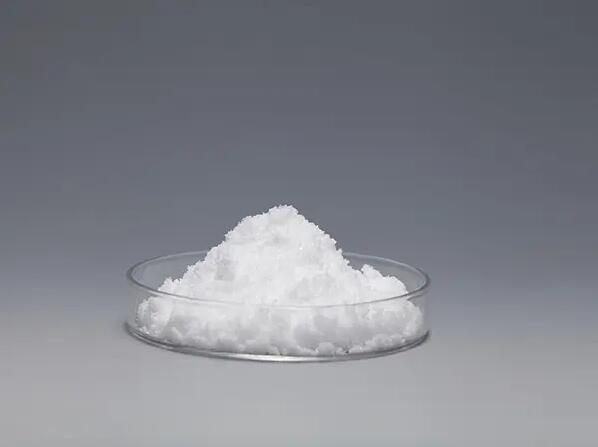In recent years, the sweetener industry has witnessed a remarkable transformation with the emergence of innovative and healthier alternatives to traditional sugar. Among the breakthroughs, amino sulfonic acid, commonly known as sulfamic acid, has gained significant attention for its versatile applications as a sweetening agent. As consumers increasingly seek healthier and low-calorie options, the incorporation of amino sulfonic acid into sweeteners presents a promising avenue for the industry. In this article, we delve into the growing role of amino sulfonic acid in the sweetener industry, exploring its benefits and potential impact on the market.
The Rise of Amino Sulfonic Acid Sweeteners:
Amino sulfonic acid, with its clean, natural taste and lack of aftertaste, has garnered attention as a viable sweetening option in the food and beverage industry. Unlike some artificial sweeteners, amino sulfonic acid is derived from natural sources, making it an attractive choice for health-conscious consumers seeking alternatives to refined sugars. Its ability to mimic the taste of sugar without adding calories has led to its integration into various low-calorie and zero-calorie sweeteners.
Enhanced Taste and Stability:
One of the key advantages of amino sulfonic acid as a sweetener lies in its stability under high temperatures and acidic conditions. This stability makes it an excellent choice for use in a wide range of food and beverage products, including baked goods, soft drinks, and canned fruits. Moreover, its clean taste profile allows for the formulation of sweeteners that closely replicate the sensory experience of sugar, an essential factor in maintaining consumer acceptance.
Health Benefits and Low-Glycemic Impact:
Health-conscious consumers often seek sweeteners with minimal glycemic impact, making amino sulfonic acid an ideal choice. As a low-glycemic sweetening agent, it does not cause rapid spikes in blood sugar levels, making it suitable for diabetics and those looking to manage their sugar intake. Furthermore, amino sulfonic acid-based sweeteners can be a part of weight management programs, offering a guilt-free indulgence for individuals seeking to reduce calorie consumption.
Versatility and Formulation:
Amino sulfonic acid’s versatility in formulation allows manufacturers to create tailored sweetening solutions for various products. Its compatibility with other sweeteners, natural flavors, and sugar alcohols enables the creation of blended sweeteners that cater to diverse tastes and preferences. As a result, food and beverage companies can now introduce a wide array of low-calorie and sugar-free products to meet the demands of a health-conscious market.
Regulatory Approval and Safety:
As with any food additive, safety is a paramount concern. Amino sulfonic acid has undergone rigorous testing and evaluation by regulatory bodies to ensure its safety for consumption. It has been granted regulatory approval in many countries, reinforcing its credibility as a reliable sweetening agent.
The rise of amino sulfonic acid in the sweetener industry marks a significant milestone in the quest for healthier, low-calorie alternatives to traditional sugar. Its unique properties, including its clean taste, stability, and low glycemic impact, make it an attractive choice for both consumers and manufacturers. As consumer preferences continue to evolve towards healthier options, the incorporation of amino sulfonic acid in sweeteners is expected to drive innovation and shape the future of the sweetener industry. With its potential to revolutionize the market, this remarkable amino acid undoubtedly holds the key to a sweeter and healthier tomorrow.
Post time: Jul-28-2023


